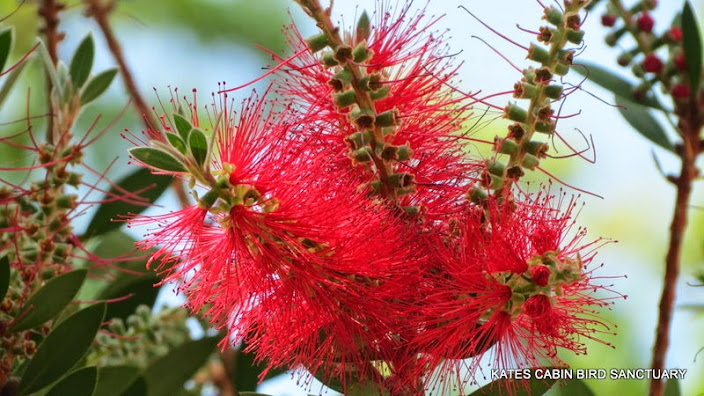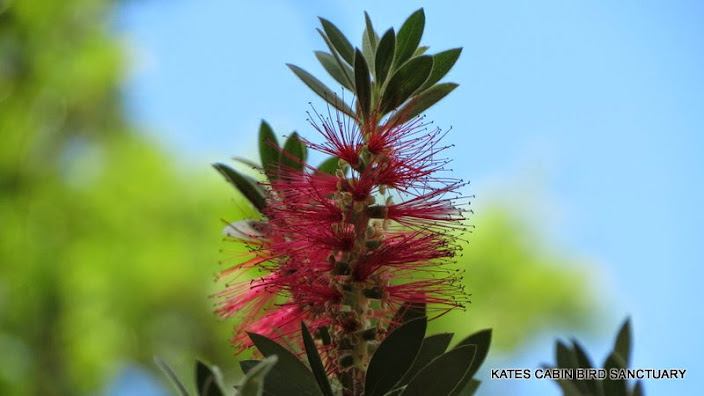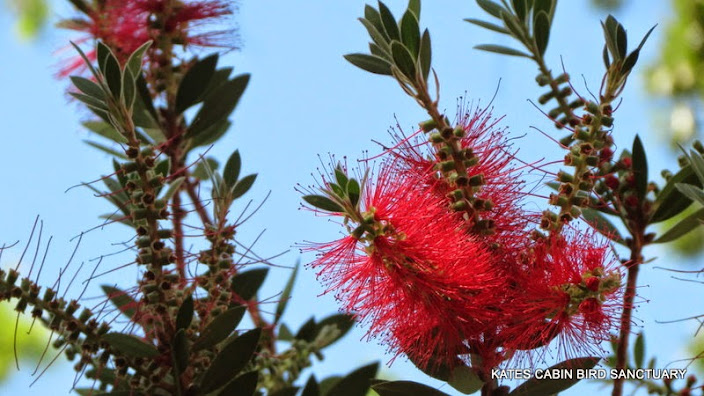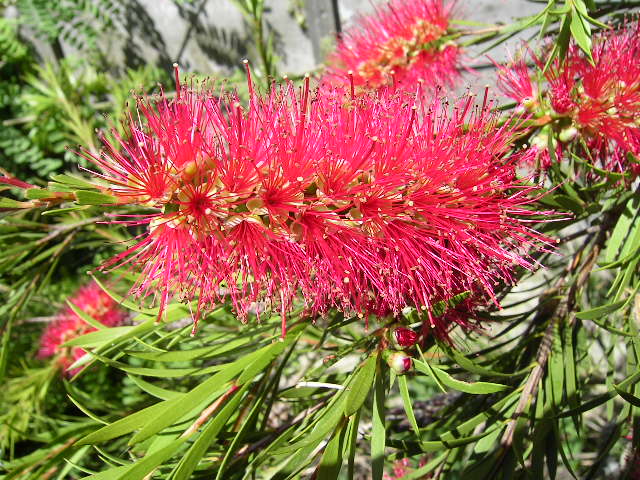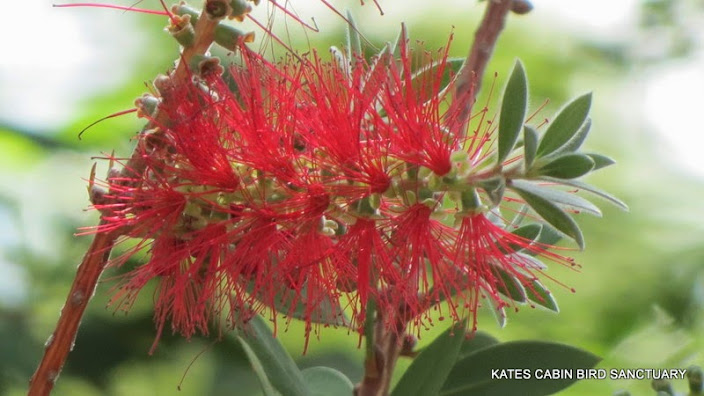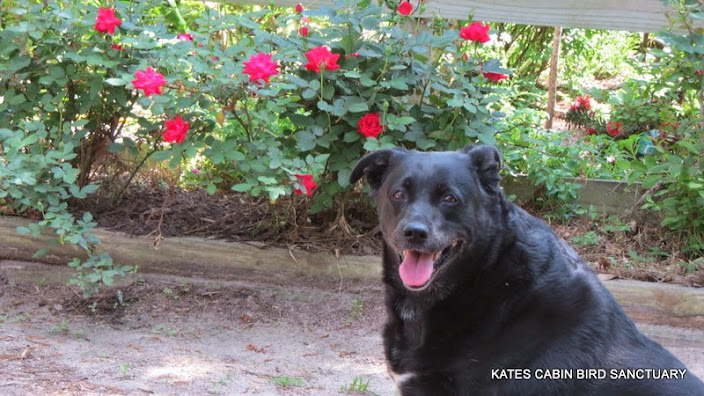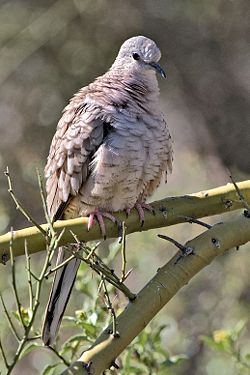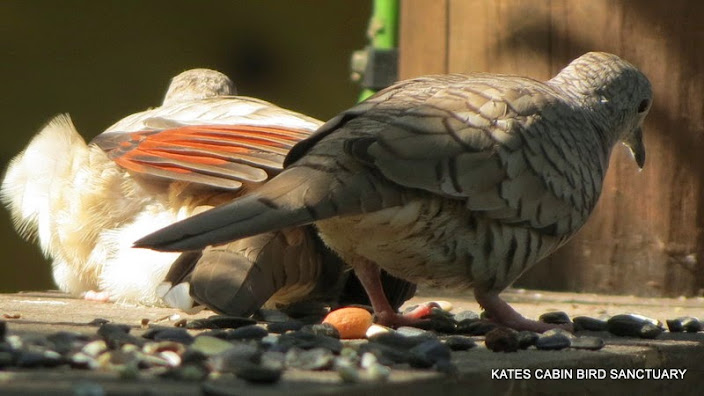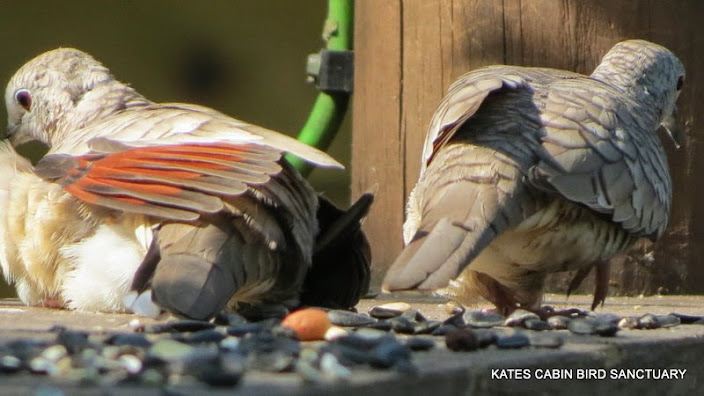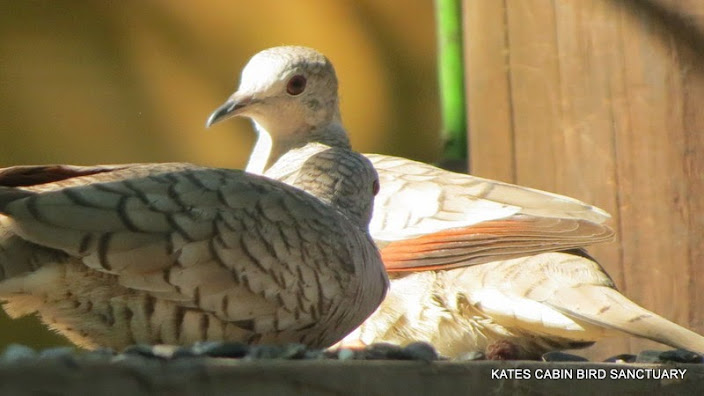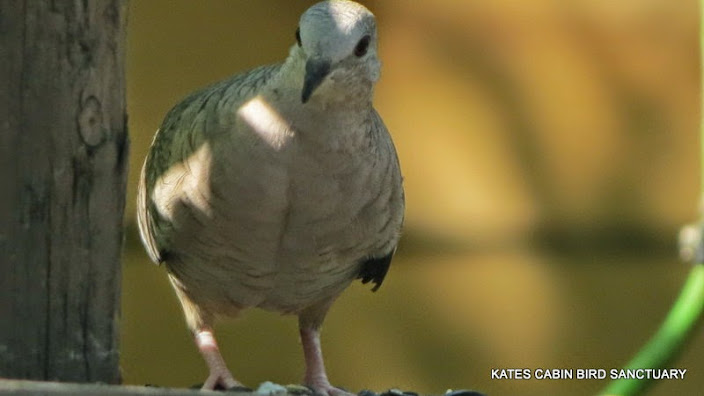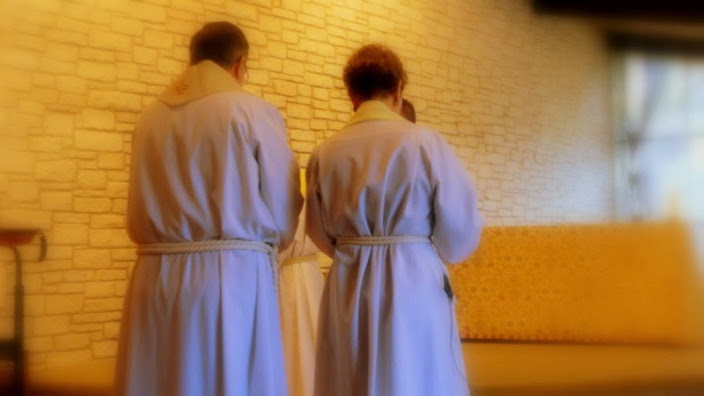
Hi Everybody!!
Last week I had the opportunity to visit Austin, Texas, as I was invited to a Distinguished Alumna Award Dinner for my close friend, Pastor Cynthia. Austin is a wonderful city about 2.5 hours away from my Rainbow Creek. Rebecca and I took off on Wednesday and stayed over for the event on Thursday at the campus of Seminary of the Southwest. Now, I know exactly nothing about Seminary Schools but what I experienced that day (which was all good). I am sharing this experience with You in hopes you will enjoy this beautiful space as I did. This was a great day of recognition and honor for lifetime achievements of Rev. Dr. Cynthia Forde-Beatty and her devotion to helping people in so many ways. I was so happy to witness this special event and feel the joy of my friends Pastor Cynthia and her adoring husband. I made 2 Memory Vids of this day for her which are shared below. Cynthia has worked very hard for a lifetime for the good of People. I think You will be inspired to do something great for people also with your life. (The Lord knows the Humans need HELP!) I have shared excerpt Wikipedia Info below, but I encourage you to go to the site to view more about Austin. If you see any G+ Posts by Dr. Forde-Beatty, give her a 1+! Enjoy!!

The skyline of Austin, TX viewed at sunrise from Zilker Park.
| Austin, Texas | ||
|---|---|---|
| City | ||
| City of Austin | ||
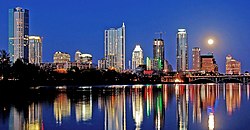 Downtown skyline as seen from Lady Bird Lake | ||
| ||
 Location in the state of Texas | ||
| Coordinates: 30°15′0″N 97°45′0″W | ||
| Country | ||
| State | ||
| Counties | Travis Williamson Hays | |
| Settled | 1835 | |
| Incorporated | December 27, 1839 | |
| Government | ||
| • Type | Council–manager | |
| • Mayor | Lee Leffingwell | |
| • City Manager | Marc Ott | |
| Area | ||
| • City | 320.98 sq mi(831.33 km2) | |
| • Land | 320.98 sq mi (831.3 km2) | |
| • Water | 6.91 sq mi (17.90 km2) | |
| • Metro | 4,285.70 sq mi (11,099.91 km2) | |
| Elevation | 489 ft (149 m) | |
| Population (2014 (city); 2014 (Metro)) | ||
| • City | 865,504 (11th) | |
| • Density | 2,828.44/sq mi (1,092.07/km2) | |
| • Metro | 1,926,998 | |
| • Demonym | Austinite | |
| Time zone | CST (UTC-6) | |
| • Summer (DST) | CDT (UTC-5) | |
| ZIP code | 78701-78705, 78708-78739, 78741-78742, 78744-78769 | |
| Area code(s) | 512 & 737 | |
| FIPS code | 48-05000[1] | |
| GNIS feature ID | 1384879[2] | |
| Website | Official website | |
Austin, Texas
From Wikipedia, the free encyclopedia
Austin ( pronunciation (help·info)) (/ˈɒstɨn/ or /ˈɔːstɨn/) is the capital ofTexas and the seat of Travis County. Located in Central Texas and theAmerican Southwest,[3] it is the 11th-largest city in the United States of America and the fourth-largest city in the state of Texas. It was the third-fastest-growing large city in the nation from 2000 to 2006.[4] Austin is also the second largest state capital in the United States.[5] Austin has a population of 865,504 (2014 estimate).[6] The city is the cultural and economic center of the Austin–Round Rock metropolitan area, which had an April 2014 estimated population of 1,926,998.
pronunciation (help·info)) (/ˈɒstɨn/ or /ˈɔːstɨn/) is the capital ofTexas and the seat of Travis County. Located in Central Texas and theAmerican Southwest,[3] it is the 11th-largest city in the United States of America and the fourth-largest city in the state of Texas. It was the third-fastest-growing large city in the nation from 2000 to 2006.[4] Austin is also the second largest state capital in the United States.[5] Austin has a population of 865,504 (2014 estimate).[6] The city is the cultural and economic center of the Austin–Round Rock metropolitan area, which had an April 2014 estimated population of 1,926,998.
In the 1830s, pioneers began to settle the area in central Austin along theColorado River. After Republic of Texas Vice President Mirabeau B. Lamarvisited the area during a buffalo-hunting expedition between 1837 and 1838, he proposed that the republic's capital then located in Houston, Texas, be relocated to the area situated on the north bank of the Colorado River near the present-day Congress Avenue Bridge. In 1839, the site was officially chosen as the republic's new capital (the republic's seventh and final location) and was incorporated under the name Waterloo. Shortly thereafter, the name was changed to Austin in honor of Stephen F. Austin, the "Father of Texas" and the republic's first secretary of state.
The city grew throughout the 19th century and became a center for government and education with the construction of the Texas State Capitoland the University of Texas at Austin.[7] After a lull in growth from the Great Depression, Austin resumed its development into a major city and, by the 1980s, it emerged as a center for technology and business.[8] A number ofFortune 500 companies have headquarters or regional offices in Austin including Advanced Micro Devices, Apple Inc., eBay, Google, IBM, Intel,Texas Instruments, 3M, and Whole Foods Market.[9] Dell's worldwideheadquarters is located in nearby Round Rock, a suburb of Austin.
Residents of Austin are known as "Austinites".[10] They include a diverse mix of government employees (e.g., university faculty & staff, law enforcement, political staffers); foreign and domestic college students; musicians; high-tech workers; blue-collar workers and businesspeople.[11] The city is home to development centers for many technology corporations; it adopted the "Silicon Hills" nickname in the 1990s. However, the current official slogan promotes Austin as "The Live Music Capital of the World", a reference to the many musicians and live music venues within the area, and the long-runningPBS TV concert series Austin City Limits.[12][13] In recent years, some Austinites have also adopted the unofficial slogan "Keep Austin Weird".[14]This interpretation of the classic, "Texas-style" sense of independence refers to: the traditional and proudly eclectic, liberal lifestyles of many Austin residents; a desire to protect small, unique, local businesses from being overrun by large corporations; and as a reaction to the perceived rise of conservative influences within the community.[15] In the late 1800s, Austin also became known as the City of the "Violet Crown" for the wintertime violet glow of color across the hills just after sunset.[16] Even today, many Austin businesses use the term "violet crown" in their name. Austin is known as a "clean air city" for the city's stringent no-smoking ordinances that apply to all public places and buildings, including restaurants and bars. [17]
The FBI ranks Austin as the second safest major city in the U.S.[18]

The Pennybacker Bridge is the signature element of Loop 360 in theTexas Hill Country.


Education[edit]
Researchers at Central Connecticut State University ranked Austin the 16th most literate city in the United States for 2008.[155] The Austin Public Library operates the John Henry Faulk Library and various library branches. In addition, the University of Texas at Austin operates the seventh-largest academic library in the nation.[156]
Austin was voted "America's No.1 College Town" by the Travel Channel.[157] Over 43 percent of Austin residents age 25 and over hold a bachelor's degree, while 16 percent hold a graduate degree.[158] As of 2009, greater Austin ranks eighth among metropolitan areas in the United States for bachelor's degree attainment with nearly 39 percent of area residents over 25 holding a bachelor's degree.[159]
Higher education
Austin is home to the University of Texas at Austin, the flagship institution of theUniversity of Texas System with over 38,000 undergraduate students and 12,000 graduate students. In 2010, the university was ranked 45th among "National Universities" (13th among public universities) by U.S. News & World Report.[160] UT has annual research expenditures of over $640 million[161] and has the highest-ranked business, engineering, and law programs of any university in the state of Texas.[162][163][164]
Other institutions of higher learning in Austin include St. Edward's University, Austin Community College, Concordia University, Huston-Tillotson University, the Seminary of the Southwest, the Acton School of Business, Austin Graduate School of Theology, Austin Presbyterian Theological Seminary, Virginia College's Austin Campus, The Art Institute of Austin, Southern Careers Institute of Austin, Austin Conservatory and a branch of Park University.

Downtown Austin from Congress Street Bridge, Texas State Capitol in background
From Google Search:
Lutheran Seminary Program in the Southwest: Welcome ...
www.lsps.edu/
The Rev. Dr. Cynthia Forde-Beatty - Association of ...
www.apgen.org/.../search_detail....
Association of Professional GenealogistsThe Rev. Dr. Cynthia Forde. Summary Tab. Extended Tab. Academic Degrees: BS - U of New York (Liberal Arts) ; M Divinity, Wartburg Seminary, Dubuque, Iowa...


https://plus.google.com/u/0/photos/117645114459863049265/albums/6007929705374614913

The Special Service:
(Slideshow by me)
A walk across the Campus


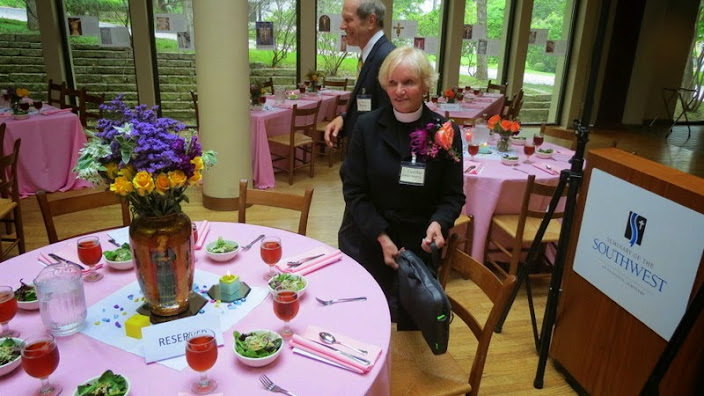
Pastor Cynthia and Husband Ron
The Distinguished Alumna Award Luncheon Honoring Rev. Dr. Cynthia Forde:

My friend Rebecca on right of frame next to my empty chair! She drove to Austin with me.


https://plus.google.com/u/0/photos/117645114459863049265/albums/6007931162026859921

...this is brendasue signing off from Rainbow Creek. See You next time (back in Rainbow Creek). *Thank You Pastor Cynthia for a great day in Austin, Texas at your Seminary of the Southwest beautiful Campus. Congratulations!

O+O




